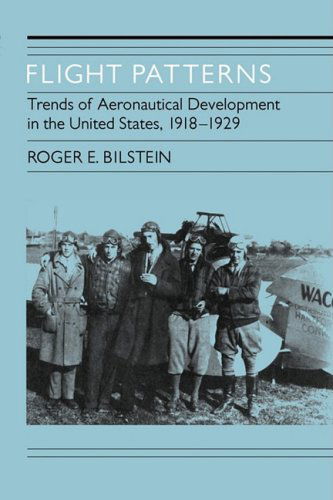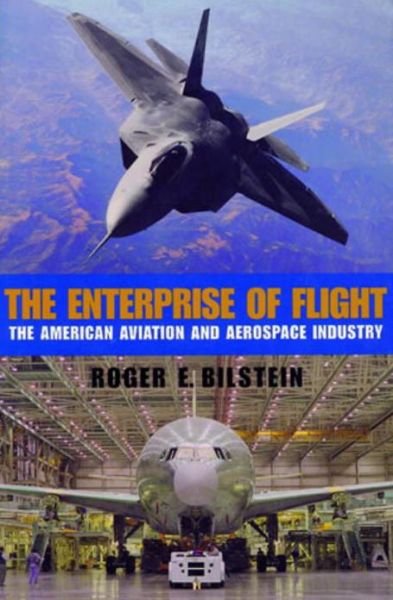
Tell your friends about this item:
Flight Patterns: Trends of Aeronautical Development In the United States, 1918-1929
Roger E. Bilstein
Flight Patterns: Trends of Aeronautical Development In the United States, 1918-1929
Roger E. Bilstein
Covering both military and civil aviation trends, Roger Bilstein’s study highlights aeronautic developments, explaining how the pattern of aviation activities in the 1920s is reflected through succeeding decades. At the same time, the author discusses the social, economic, and political ramifications of this robust new technology.
| Media | Books Paperback Book (Book with soft cover and glued back) |
| Released | December 1, 2008 |
| ISBN13 | 9780820332147 |
| Publishers | University of Georgia Press |
| Pages | 260 |
| Dimensions | 152 × 229 × 15 mm · 567 g |
| Language | English |
Show all
More by Roger E. Bilstein
See all of Roger E. Bilstein ( e.g. Paperback Book , Book and Hardcover Book )

 Christmas presents can be returned until 31 January
Christmas presents can be returned until 31 January





